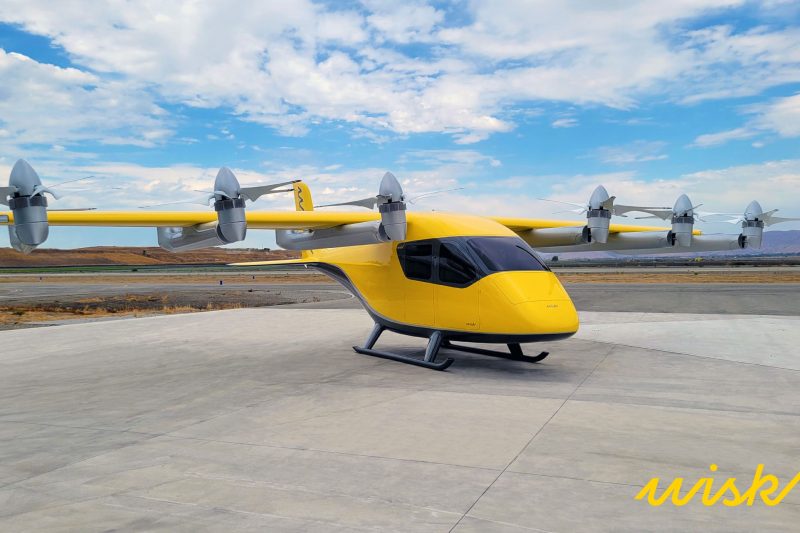A flying-taxi pioneer is aiming to whisk athletes and spectators around Australia for the Olympic Games in 2032.
German aviation start-up Volocopter hoped to grab Olympic gold with its autonomous VoloCity aircraft for this year’s Games in Paris, but delays obtaining licences have now passed the baton to competitors such as American rival Wisk.
The advanced air mobility company Wisk Aero has partnered with the Airservices Australia aviation authority for a collaboration it hopes will “mark a significant step towards introducing safe, self-flying air travel in the country”.
Aviation networks
Wisk hopes its self-flying, eVTOL air taxi – which is the first candidate for American FAA certification of a passenger-carrying autonomous aircraft – will have been carrying out routine flights before the Olympic torch reaches Brisbane.
Aviation Source News reports that the aim of the partnership is to ensure that essential airspace systems will be in place before Boeing-subsidiary Wisk enters the market.
Australia has already played a big part in Wisk’s development, after the company joined forces with the Council of Mayors in 2022 and expanded its partnership with Skyports Infrastructure.
To continue the drive towards creating a network for Wisk’s autonomous aircraft before the Brisbane 2032 Olympic and Paralympic Games, Wisk has set up Wisk Australia Pty Ltd. The key to this is “finding ways to incorporate autonomous air mobility networks in Australia and exploring integration of uncrewed, remotely supervised aircraft into national airspace”.
Safe space
The partnership will also focus on identifying potential projects and discussing challenges and opportunities related to autonomous air mobility networks.
The key to its success is safely integrating autonomous aircraft into existing airspace and Wisk Australia will work closely with the air services to explore airspace procedures for autonomous aircraft, digital flight approvals, and time-based operations.
It will also examine how these procedures will function within new vertiport environments within the national airspace system.
Catherine MacGowan, Wisk’s VP of APAC and Air Operations, told the news network: “Australia has a rich aviation history and a forward-thinking approach to advanced air mobility.
“We’re excited to work with Airservices to develop an air traffic system that accommodates AAM services, bringing safe and efficient air travel to local communities.”
Rob Sharp, Interim CEO of Airservices Australia, said: “This knowledge-sharing arrangement will help both organizations understand industry needs and challenges, and develop strategies for safe and sustainable use of Australian airspace.”
As the technology to create autonomous flying taxis continues to improve, the biggest challenge is safely combining them with current aviation needs. Wisk seems to have adopted the right approach by collaborating with Airservices Australia to find a single solution that will safely bring in new technology which should benefit everyone.
They have given themselves eight years to make the vision a reality and there are several hurdles they will have to overcome.
As well as commercial airline flightpaths, there is military and other sensitive airspace to consider, as well as police helicopters and air ambulances which need to be flexible in order help the communities they serve.
The focus is rightly on safety as the worst-case scenario would be to have an autonomous flying taxi in the path of an airliner, putting hundreds of lives at risk.


